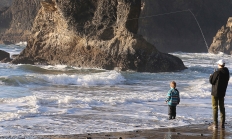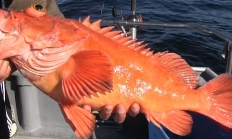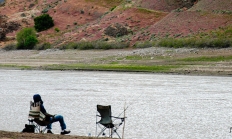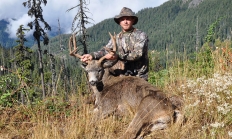
Search myodfw.com


SE Fishing December 4, 2025 Best bets for weekend fishing Yellow perch fishing is still an option in Recreation Creek, Pelican Bay Area of Upper Klamath Lake, Sevenmile Canal Mouth, and Fourmile Canal. Best fishing for wild, native trout in the Klamath Basin will be the Klamath River. There are some nice holdover trout in the Malheur River below Warmsprings right now. Trout fishing has been great at Chickahominy Reservoir Crappie are abundant in Wolf Creek Reservoir with some nicer fish around 8 inches available. Crappie fishing in Owhyee Reservoir has been good. Channel catfish are a popular option. Find







Practice shooting your bow regularly and you’ll develop the form and muscle memory you need to shoot accurately and confidently. Places to shoot from the backyard to the backcountry You can practice your shooting anywhere it’s safe and outside of urban growth boundaries. It's also illegal to shoot in the direction of any person, building, structure or vehicle within the range of your bow. So be sure there's y a clear line of sight between you and the target, and a safe backstop. Possible locations include: A large backyard in a rural setting Archery specific indoor and outdoor target ranges



This massive area is a cornucopia of geographic features and prime upland and waterfowl hunting opportunities. It is a gem of Oregon.

Limited edition Wildlife Conservation Tumblers, Coloring Contest at Jamba locations in Oregon; New Oregon is Worth Protecting campaign benefits species in need
SALEM, Ore.—Head to a participating Jamba location for a new limited edition Wildlife Conservation tumbler that benefits wildlife. The colorful tumbler features five species: Sierra Nevada red fox, Northern red-legged frog, Western snowy plover, Northwestern pond turtle and Pygmy rabbit. All are…



